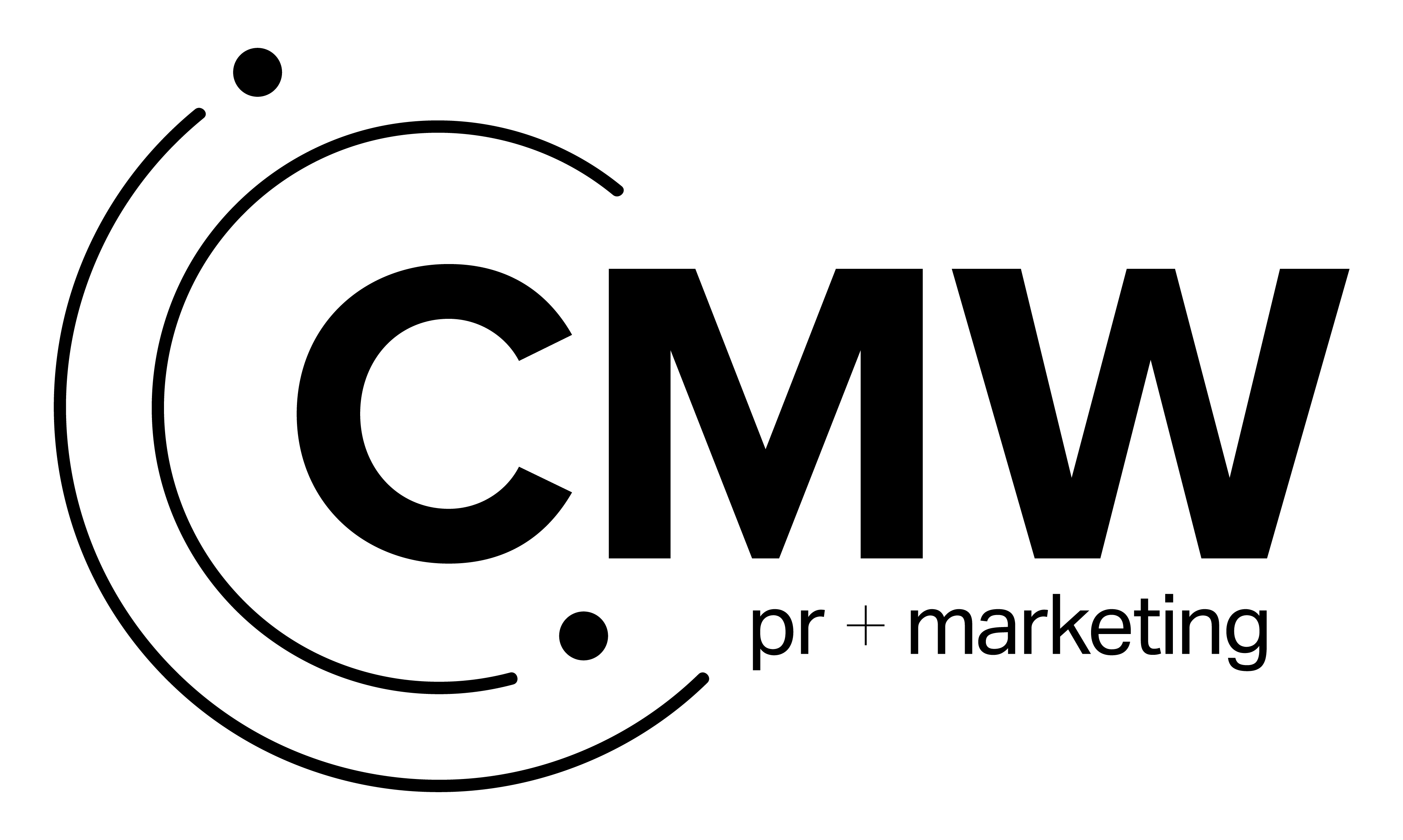Marketing Trends to Look for in 2023
Marketing is ever-evolving, making it crucial for businesses to monitor emerging trends to stay relevant. As consumer values and perceptions change, brands need to adapt their efforts accordingly. Whether your business markets in-house or through an agency, here are trends you need to be aware of in 2023:
- Influencer-Brand Relationships
Influencer marketing isn’t going anywhere. In fact, long-term influencer-brand relationships are set to become even more popular in the next year.
As we all know, word-of-mouth marketing is one of the best marketing strategies. Why? Because people are more likely to try a product that someone they trust recommends than one that they see on a billboard. Influencer marketing uses the same principle by partnering with someone that has gained a large following online in a specific niche. Once an influencer establishes a partnership with a brand, they are known as “brand ambassadors” and act as a spokesperson.
93% of businesses use influencer marketing to:
- Increase brand awareness
- Establish trust with their target audience
- Drive traffic to their website
- Expand their market
- Set a new social media trend
- Generate leads
- Video-based Content
Videos are taking over social media. This trend was solidified with the tremendous success of Tiktok, a short-form video social media platform. Now, nearly every social media platform has adopted short-form video content, from Instagram Reels to Youtube Shorts. Video-content allows marketers to capture users’ attention for longer than a static post so they can tell a story. With an engaging video, brands can significantly increase engagement and brand awareness.
Live streaming is also becoming more and more popular on channels such as Instagram. This marketing strategy is often paired with influencer marketing, where brand ambassadors unbox and try products live in front of their audience. This makes their followers feel like they are experiencing the product with them and getting the inside scoop.
- User-Generated Content
User-generated content refers to content that is created by followers rather than businesses. It has taken the place of word-of-mouth advertising because it is original content and spreads on a broader scale. Studies have shown that consumers are 2.4 times more likely to trust user-generated content than traditional ads. User-generated content includes:
- Unboxing videos
- Product reviews
- Branded hashtags
- Image tags
Since every consumer can create user-generated content, businesses have access to an abundance of free content. Therefore, marketers should consider adding this to their strategies in the upcoming year.
- Universal Customer Experience
The user-experience (UX) is a buzzword in the marketing world and it encompasses almost everything that the user interacts with. UX refers to the journey a user takes when discovering and exploring a brand. This includes when they first discover a brand to when they make a purchase. Most of the UX takes place on a company’s website and it needs to be engaging in order for a conversion to take place.
A universal UX means that the transition between social media to the website or site navigation between mobile to desktop must be seamless. Therefore, the brand’s tone, colors, voice, and site should remain consistent regardless of where a user discovers a company.
- Interactive Content
Social media has oversaturated the internet with static images, making consumers desensitized to passive content consumption. Now, consumers want interactive content that they can engage with, such as:
- Quizzes
- Videos
- Contests
- Interactive maps
- Games
More and more businesses are adding these elements to their websites to keep users on the page longer and to increase conversions.
- Emphasis on Social Responsibility
In light of the current social climate, consumers are choosing brands that accept and embrace their social responsibility. A Neilsen report found that 66% of consumers are willing to spend more on a product if the brand has a social commitment. This has led marketing professionals to highlight the brand’s morals and values in their campaigns to attract like-minded consumers.
- Inclusivity
While there have been significant improvements in diversity, equity, and inclusion (DEI) in the marketing world, there is still much to do. Marketers must be sure that their campaigns do not exclude key demographics in their target audience. A Facebook IQ study found that 71% of consumers expect businesses to promote DEI.
When creating an advertising campaign, companies should consider featuring individuals of various genders, races, body types, ages, and more.
- Social Media
According to a Kepios study, there are 4.74 billion social media users around the globe. This gives businesses ample opportunity to get in front of their target audience. So make sure you are taking advantage of everything that social media has to offer. Consider the following uses of social media:
- Paid advertising campaigns
- Search engine optimization (SEO)
- Customer reviews
- Customer service
- Brand awareness
- Organic marketing
In this day and age every person and business has a social media account. But are you using it to its full potential?
- Email Marketing
While email marketing is nothing new, it remains one of the most effective ways to communicate with your customers. With an effective email marketing campaign and workflow, brands can announce:
- Product launches
- Business changes
- Discounts
- New content
Email marketing also provides another way to track your audience’s behaviors, interests, and pain points to use for more effective marketing.
Need help with marketing and PR?
CMW Media is a full-service public relations and marketing firm that specializes in emerging markets, including the global cannabis industry. Contact us today to see how we can take your brand to the next level!


